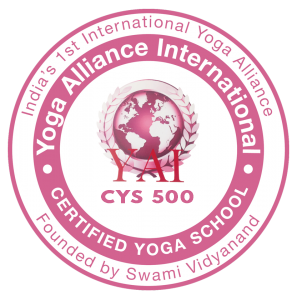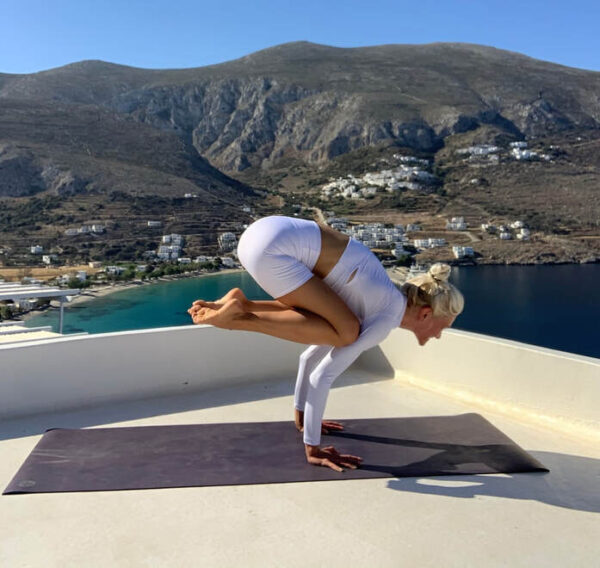Information



Whether you are new to yoga or you have already established a committed practice, it is useful to know and understand the different styles of asana practice. Firstly, it’s important to know that when a person says “I do yoga” it doesn’t necessarily have to refer to physical postures (asanas). Yoga is a lifestyle and it involves many different types of practice and rituals. Although asana practice is part of the Pantajali 8 limbs of yoga which is part of the Raja yoga path, some devoted yogis follow other paths of yoga which don’t necessarily focus on the physical postures. There are 4 main yoga paths, Bhakti, Raja, Karma and Jnana, offering different ways to yoga and reach liberation/be free from ignorance.
But since the physical style of yoga is very popular around the world, let’s look at the different styles and which one might suit you the best. Please note there are many others, but I have included just a few that are known and also widely practiced. You don’t necessarily need to do just one style, you can practice all throughout the week. Knowing about the different types however can help you understand which suits you at the present moment and based on your individual needs, you can select the right one for you.

Hatha yoga is the foundation for all asana practices. It is the traditional style of practicing postures. Hatha yoga is also known as the third limb of Pantajali’s 8 limbs of yoga and it refers to the physical yoga practice, including the postures, bandhas, mudras and pranayama. As this is the foundation of asana practice, hatha yoga is done at a slow to moderate pace, taking time in each posture. It focuses on the alignment, breath and mental concentration. The Sanskrit word “Hatha” is made up of two words “Ha” and “tha” which mean sun and moon. It focuses on bringing in balance the right and left side of the body, the masculine and feminine energy, ida and pingala nadis.

The Ashtanga Vinyasa style practice was taught by Pattabhi Jois, who was a student of the great Sri Krishnamacharya. Asthanga Vinyasa follows a disciplined, dynamic approach to the asana practice and it includes different particular series. Each series focuses on different aspect and levels for the student and the postures must be done in the same order, every time. This style is quite physically demanding, a strong practice including the use of bandhas and ujiayi breath throughout the entire duration, to create and maintain heat in the body. It is recommended to have an Asthanga vinyasa qualified teacher for this practice, especially in the beginning as the postures can be physically demanding and guidance to correct alignment and through each series from a teacher can help the student progress in the practice and keep away from injury.

The Iyengar style asana practice was created by B.K.S Iyengar who was also a student of Sri Krishnamacharya. This asana practice places a strong focus on alignment and maintaining each posture for a specific length of time. In Iyengar practice, props are often used to support the body into the correct alignment of each posture. B.K.S. Iyengar was the first to bring the use of props, as he observed through his many years of teaching and practice that each body is different and props may be useful to help the body further in the asana practice. Iyengar style practice is done with precision and a structured approach to each posture.

Yin yoga is a beautiful practice done at a much slower pace than the others mentioned. During yin practice, the focus is on deep stretching of the muscles, grounding the body and bringing calm and quiet to the mind. Postures are held for a lengthy period of time, sometimes even 5 minutes, so for this reason, one yin class may only include 5-7 postures (sometimes more, sometimes less depending on the teacher). Yin refers to the feminine energy in the body, the ida nadi, representing the moon/lunar energy in the body. This style of practice helps the student with introspection, patience and acceptance/surrendering. It is a great practice for developing flexibility in the physical body as it focuses on deep stretching of the muscles. Yin has its specific postures, similar to many of traditional hatha yoga however sometimes they are given different names. Sometimes props are used to support the body in the posture, in order not to overstretch or over do it.

Traditionally, vinyasa refers to a natural synchronised flow between the movement of the body and the breath. This is a dynamic and fast paced practice, keeping the breath and movement working together at the same pace. Vinyasa creates heat in the body and it is a vigorous style of asana practice, so prepare to sweat it out. Sometimes there is a particular flow to the postures taught, however vinyasa means synchronised breath movement, so when this happens in the practice, then vinyasa is part of it.

The restorative style of asana practice is particularly useful for those who experience high levels of stress, anxiety, tired body and muscles, had past injuries etc. It is a gentle form of practice, done with the use of supportive props such as bolsters, straps and blocks (others also). During restorative practice, there is not much effort in the body, however it is a very gentle way to release any physical, mental and emotional tension.

Kundalini is a spiritual practice that dates back thousands of years. Kundalini means “circular or coiled up” and this represents the coiled up energy said to be dormant at the base of the spine. The foundation of this style of yoga is to awaken this energy through different practices like chanting, specific body movements/postures and breath work/pranayama. Therefore Kundalini yoga includes a mix of Bhakti yoga, Hatha yoga and Raja yoga. Through sadhana, the student can awaken this kundalini which travels up the energy centers of the body through sushumna nadi. Kundalini is said to be a powerful energy and should be practiced under the guidance of experienced teachers who are familiar with the method and tradition of Kundalini yoga.

The term power yoga takes a more modern approach to asana practice. It incorporateS active and dynamic movement of the traditional postures, usually to increase strength in the body and mind. It is more like an exercising style, with a vinyasa approach.